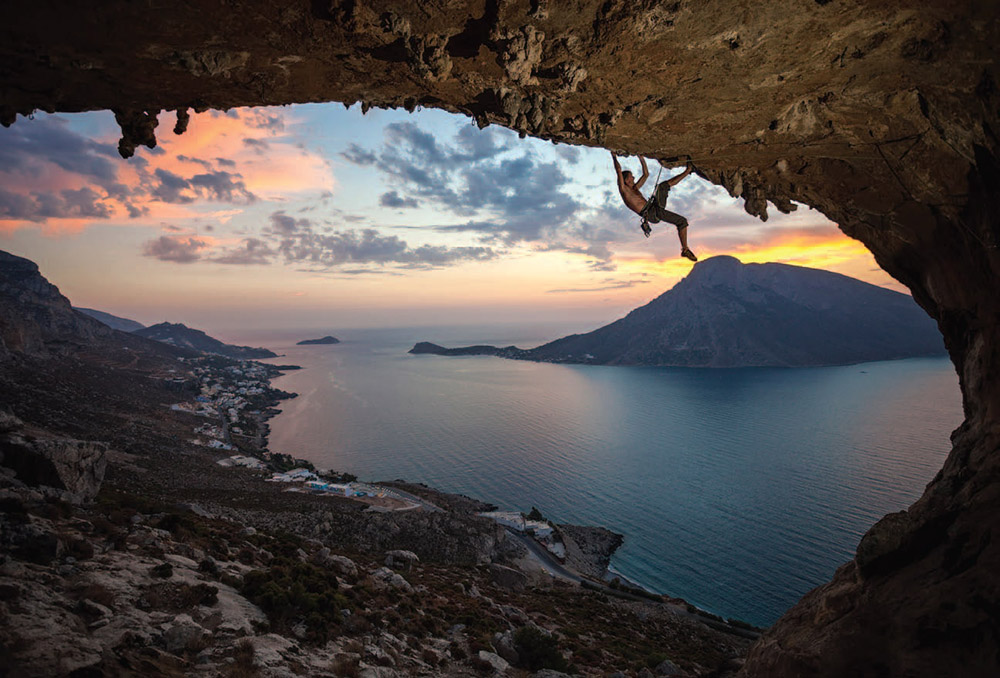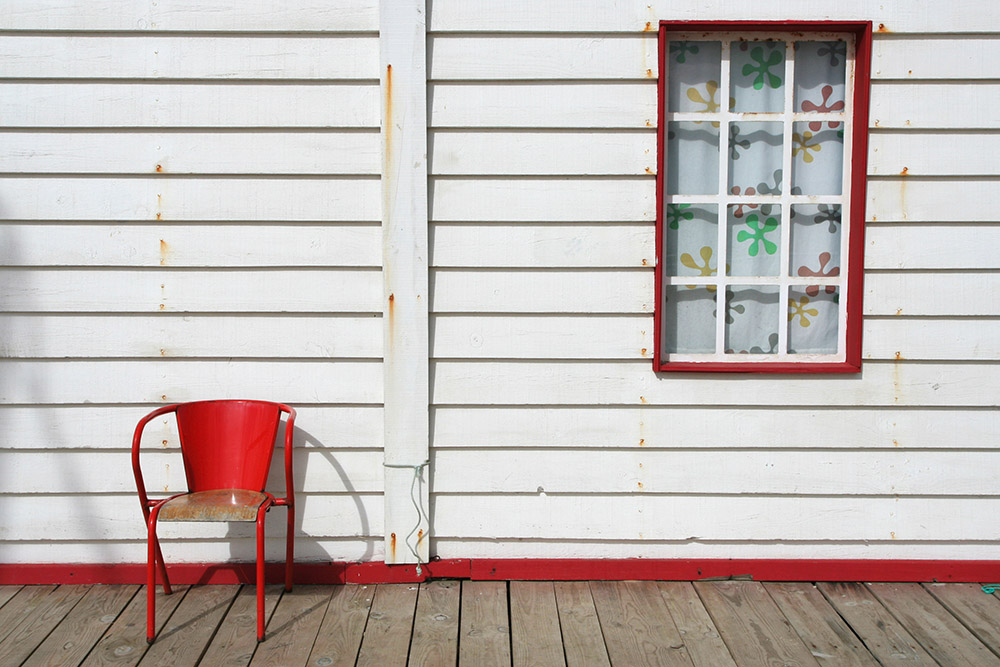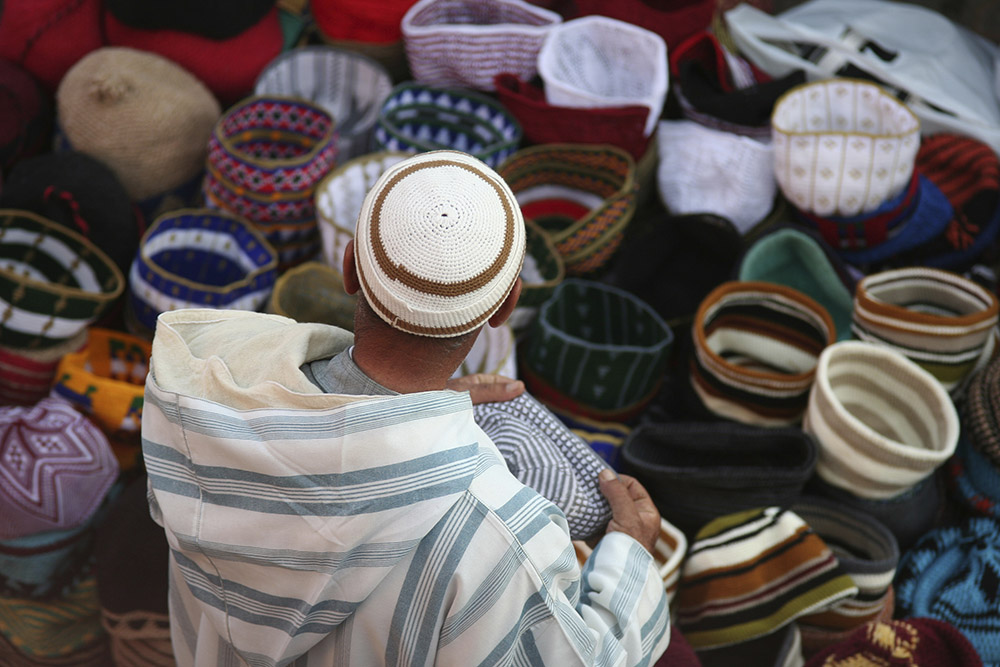What are the most common mistakes made by beginner photographers? In the conclusion to our two-part series on common shooting mistakes, long-time photographic educator Peter Burian names four more common pitfalls and shares some useful tips to help you avoid them.
01 SUBJECT OUT OF FOCUS
By default, a camera’s auto-focus area is set to wide (multi-point) to allow the AF system to decide where the focus should be set. Typically, the camera will set focus on a subject that’s closest to, or in the centre of the frame, or with the greatest contrast. This option might be the most useful when you’re shooting a beach volleyball game with competitors zig-zagging around the court, but in most other situations it’s important to take control.
The key is to cause the camera to focus on the most important subject element such as the eyes in a portrait or the friend climbing a rock far off-centre in a beautiful landscape. Activate only the single central focus detection point (AF area) and start by centring the most important element to set focus. You can then recompose, with focus locked, by maintaining slight pressure on the shutter release button. Take the shot and the most important part of the subject or scene will be the one in sharpest focus in the image.
Instead of allowing the camera’s wide area (multi-point) AF system to set the point of focus on the distant hills, the photographer has used a single-point AF to focus on the climber.
02 JPEG TOO SMALL OR COMPRESSED
With some digital cameras the default level for JPEG size – or especially for JPEG quality – is not the highest available. And some shooters routinely set a smaller size or a lower quality level in the menu to get more pictures on the memory card. That might be necessary when your memory cards are almost full, but it’s usually a bad option.
A small JPEG is composed of very few pixels so the images have poor resolution. And a JPEG made at a low-quality level is very extensively compressed, causing a major loss of important image data.
To get the very best photos your camera can deliver, set the highest size/quality combination. You can downsize images later if you want to send them by email or upload to a photo-sharing site with software. (Many programs offer a simple tool for doing so, such as Photoshop’s Save for Web.)
Memory card capacity should not be an issue these days. Even a super-fast 16GB SanDisk Extreme Pro 95MB/s card sells for under $100 and it will hold 1700 of the largest/finest JPEGs if you’re using a 24-megapixel camera.
When travelling, take a few minutes each evening to delete photos which are obviously not ‘keepers’; this is a useful strategy for freeing up card capacity.
A large/fine JPEG provides maximum quality (above), but when your memory cards are almost full it’s tempting to shoot low quality/small size settings (below). Resist the temptation since it discards millions of pixels and degrades the image. That will become obvious when you go to make an A4 or larger print.
03 'I'LL FIX IT IN PHOTOSHOP'
The ability to fix technical problems with software is a huge benefit in digital photography, but it can lull us into a false sense of security. Any modifications you make to a JPEG are destructive to some extent, especially if you’re not using Adjustment Layers in software such as Photoshop or Elements. As the old saying goes, it’s 'garbage in, garbage out'!
Even if you shoot in the RAW format, major modifications to exposure will produce an unacceptable effect. And, especially after a long trip, it can take many hours to correct technical problems if you are working with hundreds (or thousands) of images.
I’ve seen friends checking a photo on the LCD and commenting, "I’ll need to fix this in Photoshop". If the problem is minor, and if only a few photos need to be corrected, that might make sense. But if this attitude becomes standard, they’ll end up deleting many images that would otherwise be worth keeping.
The ability to fix technical problems with software is a huge benefit in digital photography, but it can lull us into a false sense of security. It's better to get the image right in camera.
04 SLOPPY TECHNIQUE
The automation available with digital cameras can lull us into sloppy techniques, but the solution is simple: greater self-discipline. The ability to immediately review photos on the LCD screen is a major advantage. It enables us to quickly check composition as well as the exposure, contrast, detail in important areas and other technical aspects. It usually takes only a few seconds to set an override or to activate flash and then re-shoot in order to come home with really nice images. Use a tripod if necessary and think about the settings you are using. Ask yourself, what is the ideal shutter speed, aperture, ISO, etc for this shot? Could it be better composed. What would be the effect of moving left, right, forward or back? It’s well worth taking the extra time and effort to make great digital images, instead of churning out lots of average snapshots. 
What would be the effect of moving left, right, forward or back? It’s well worth taking the extra time and effort to make great digital images, instead of churning out lots of average snapshots.
Top Shooting Mistakes... and How to Avoid Them (Part One)
Article first published in Australian Photography + digital, July 2014.







